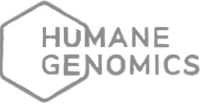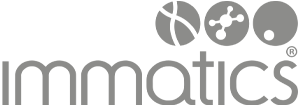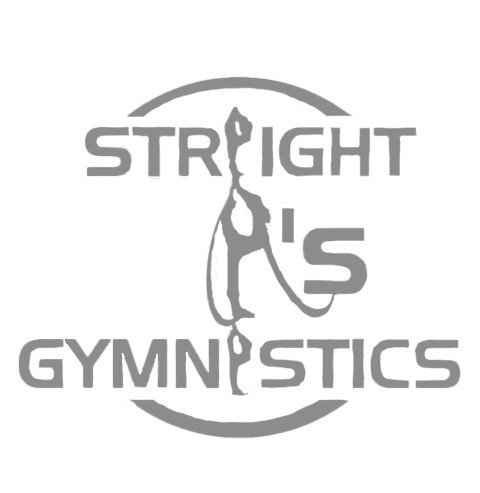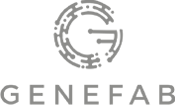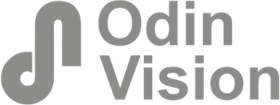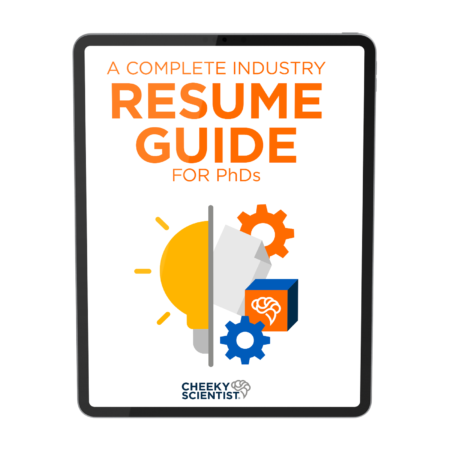Make A Future-Facing LinkedIn Profile That Employers Find Easily

When I began my job search, I was optimistic. I’d even go so far as to say I felt pretty confident.
Right off the bat, I found a job posting that seemed almost like it was written specifically for me. I met all the requirements for the role, and the work sounded genuinely interesting.
I’d heard that you should update your LinkedIn profile before applying to jobs, but I didn’t think that applied to me. Not without any job experience to add. I had worked on that right after graduation and felt like it was professional looking – pretty complete, all in all.
But I did pour myself into fine-tuning my resume. I was sure I would get this job – it was just too perfect. I hit “submit” and waited.
For weeks, I heard nothing. But I was patient.
That’s when I got my first rejection letter.
I spent so much time creating that application. It was absolutely crushing to get the rejection letter.
Maybe it wasn’t about being perfect for the role, I thought. Maybe landing a job was more about how many roles you can apply to.
Over the course of the next few months I applied to many, many jobs.
Uploading resumes endlessly to job sites and blind messaging people on LinkedIn.
And for months I didn’t receive a single call back.
I even started to branch out, applying to jobs I had no interest in and was completely overqualified for.
Still nothing.
That’s when I asked a former labmate who had transitioned successfully into industry, What’s your secret?
She said the secret to her success was her LinkedIn profile.
My LinkedIn was fine, I told her. And, honestly, I thought it was. I had a professional headshot, a headline, all the sections were filled out. It was complete.
But when she looked at it, she said there were many areas of improvement. I was shocked. Was this good advice? Should I make these changes?
Nothing else was working – what did I have to lose?
The difference that these small changes made was astounding.
A recruiter reached out to me within the week and I started to build a rapport with him. Soon enough I had interviews, offers, and landed my first industry job.
And I’m just one of many thousands of PhDs to discover that a thoughtfully-made, often-updated LinkedIn profile holds the key to unlocking their career in industry.
Here’s what one of our Cheeky Scientist members had to say about learning to leverage their LinkedIn profile to increase their profile’s visibility:
Since I started to post daily, 5 days a week, and to comment on other people’s posts any time I can, I saw a dramatic increase in my profile views and in connection requests.
My posts are always original. I write them and I never repost other people’s because (as we learned from Isaiah) reposting doesn’t increase your LinkedIn visibility.
It is very important to be consistent with posting. You can pick whatever day or days but always post on those. Consistency pays off.
If You’re Not On The First Page Of An Employer’s LinkedIn Search, You Don’t Exist
If you were a business owner, you’d do everything you can to get your website onto the first page of results in a search engine.
Why?
Because research shows that 75% of users never scroll past that first page. In fact, 25% of users click on the top hit and never even make it to the bottom of page one (Search Engine Journal).
LinkedIn is no different. You are the product for sale on your LinkedIn page, and employers are the customers that you’re hoping to attract. But their time is limited.
Even if you are, hands-down, the most qualified applicant for the role and you have an amazing LinkedIn profile, it will be for nothing if employers can’t find you. And statistics say if you’re not on the first page, your odds of being on their radar get slimmer and slimmer with every page.
The way people find people, however, is different than how they find products and services. You may have heard that keywords and headlines are vital for a strong LinkedIn profile. If so, you heard right.
You want to integrate relevant, role-specific keywords into your Headline, About, Experience and Skills sections. But keywords in content will only get you so far.
Sometimes it’s less about what your profile says and more about what you do on LinkedIn that makes all the difference.

5 Things You Should Know About LinkedIn
To fully understand LinkedIn as a tool, you need to know that job seekers are not LinkedIn’s main audience. Their clients – the companies who pay to post job openings – are.
If you want to get hired, you need to learn to cater to the search algorithm that LinkedIn searches were designed to benefit.
You need to understand how LinkedIn works before you begin your transition into industry. This is how you increase your chances of being seen by employers.
Your experience with LinkedIn should not be not static. Just like your career, your profile page and the platform’s algorithm, the way you use LinkedIn will go through seasons and changes.
Here, I will discuss 5 things most PhDs don’t know about the platform that can help them be seen – and even sought after – by employers.
1. There’s more than one LinkedIn. Get to know LinkedIn’s counterparts for employers
You’re familiar with LinkedIn as a networking platform, but there are other, employer-facing sides to LinkedIn. One is called LinkedIn Recruiter; the other is called Sales Navigator.
LinkedIn personal accounts have leveled the hiring playing field by providing a professional way to introduce yourself – your brand – to potential employers and colleagues. With it, you can research other companies, browse job listings and extend or accept invitations to connect and grow your network.
A recruiter account provides those same tools to employers – and then some. With it, users who are looking to recruit talent can search the entire LinkedIn network – not just first and second-degree connections.
LinkedIn Recruiter helps employers to fill positions based on three main search fields: job title, location, and skills. This is important to know. If you don’t have this information front and center in your profile, you will not appear in any searches.
Your job title, location and skills should be the first thing employers see about you, right there in your headline. You should highlight these keywords as organically as possible in the other sections of your profile too.
![A business man ]steps just outside the open door of a meeting room to answer a call.](https://cdn.cheekyscientist.com/cs/uploads/2022/12/future-facing-callout-1-900x473.png)
2. Get out of the past. Your LinkedIn profile must be future-facing
When creating your LinkedIn profile, make it future-facing. You must portray yourself as the professional you want to be.
This is especially true if you are a PhD looking for their first opportunity outside of academia. Everything in your profile should prove to employers that you are an industry professional, someone they would like to hire.
Avoid profile pictures that depict you as a student. Don’t add photos of you wearing a lab coat, posing besides your poster at a scientific meeting, or in the classroom.
Instead, add a picture in business attire. Your profile picture should depict what you’d wear to a job interview – a picture that shows you understand industry etiquette.
The same premise that applies to images applies to text. Don’t highlight academic terms that no industry employer will ever look for.
Things like “PhD student,” “postdoc,” the name of your university or technical jargon relating to protocols and equipment you learned in grad school will hurt your chances of appearing on searches.
Instead, focus on the job titles you are targeting, and the most important transferable skills associated with those job titles.
Spend some time reading articles or posts from thought leaders at the companies you’re targeting. Jot down words or terms you see often and ease that language into your posts and comments, too.
Academia is your past. Industry is your future, and you have to make it clear that you are committed to your transition.
You can do this by sharing a professional profile and during your interactions with other industry professionals on the site.
3. Show employers you’re open to work – don’t just hope they find out
When you go to your LinkedIn profile, you’ll see a box below your headline asking you if you are open for work.
You need to click this box.
This box is a shortcut to show recruiters and employers who are using LinkedIn Recruiter and LinkedIn talent insights that you want them to find you.
If you’re not being found for any jobs, if no employers are reaching out to you, this is likely why. You’re not even appearing on searches.
Click this box and put in the job title you are targeting and your desired location.
If you are worried about people in academia knowing that you are looking for jobs, you can check the option to only let recruiters and employers know you are open for work.
You also have the option to let anyone know you are open for work. In that case, LinkedIn will give you a green frame for your profile photo that says “#opentowork.”
The open-to-work option can be helpful if you have a network already in place. This will allow your connections to see you’re open to opportunities at a glance (as opposed to having an uncomfortable exchange). This may be all the impetus they need to reach out to you with opportunities that they’ve heard about.
4. Want to be seen on LinkedIn? Splash around in the LinkedIn pool
LinkedIn processes billions of posts and updates every day. You must know how to stand out from other job candidates.
And one of the most important things you can do to attract positive attention on LinkedIn…
…is to use LinkedIn.
You need to be an active member.
You need to keep your profile updated at all times. In fact, the best approach is to make little tweaks daily.
You need to interact with other members. This means logging into your profile every day and liking posts, commenting on posts, engaging with other members.

You need to see how industry professionals in the roles you want – how top-level employees at companies you want to work for – are positioning themselves on the site. Are they posting regularly? Share something from their feed.
Do certain hashtags appear in posts from people or companies you’re following? Reshare those, or use them yourself.
Contribute an article to LinkedIn that puts a fresh spin on content you’ve seen there – or share your unique insights. This is an excellent way to build your brand and add value to your community of peers.
Taking part in activities on LinkedIn will not only show the algorithm that you’re a committed candidate and increase your ranking in searches, it will also help you create a network of like-minded professionals.
Once you start creating a rapport with other members, start a conversation through private messages. This can lead to informational interviews, and eventually, to a job referral.
5. LinkedIn’s algorithm evolves endlessly. You must evolve too
The LinkedIn algorithm is always changing.
What works one day to increase your visibility might be completely irrelevant after a couple of months, or weeks. You need to keep your profile updated or you’ll risk falling behind in the site’s search engine ranking.
Updating your profile with relevant information, new experience and evolved objectives is the best way to stay in line with changes to LinkedIn’s search algorithm.
That means, even if you worked long and hard on your profile last year, if you’ve never gone back to make any changes, chances are your profile isn’t ranking high anymore.
It doesn’t matter to the algorithm how much effort you put back then. What matters is how your profile stacks up against what employers are searching for now.
You can search for updates to Google’s algorithm, but I recommend setting up a Google alert for phrases like “LinkedIn” or “LinkedIn algorithm.” This is a great way to make sure news about updates comes straight to your inbox.
Concluding Remarks
With over 875 million members and 58 million registered companies, using LinkedIn to advance your career should be a no-brainer (LinkedIn). With all that talent in one spot, you can’t expect to create a lousy profile and expect to attract recruiters. If you want to connect with hiring managers who are looking to fill top-level positions, it’s going to take some work. If you want to use LinkedIn to your advantage, you need to understand how the algorithm works and put yourself in the shoes of employers – employers who use special LinkedIn platforms that are different from the one you’re familiar with. LinkedIn is future-facing, so your profile should portray you as the professional you want to be, not the professional you are. To ensure you appear at the top of searches, let employers know you’re open to work and keep up to date with how the algorithm works. And once you have a great profile, make sure it gets seen by being active and building your network. If you follow these 5 steps, you will get better results than your competitors when using LinkedIn.
If you’re ready to start your transition into industry, you can apply to book a free Transition Call with our founder Isaiah Hankel, PhD or one of our Transition Specialists. Apply to book a Transition Call here.
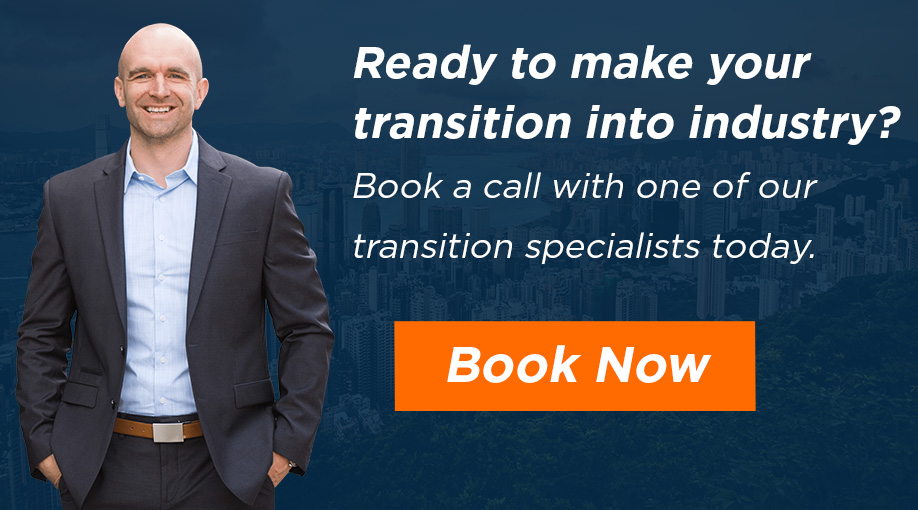
ABOUT ISAIAH HANKEL, PHD
CEO, CHEEKY SCIENTIST & SUCCESS MENTOR TO PHDS
Dr. Isaiah Hankel is the Founder and CEO of Cheeky Scientist. His articles, podcasts and trainings are consumed annually by millions of PhDs and other professionals in hundreds of different countries. He has helped PhDs transition into top companies like Amazon, Google, Apple, Intel, Dow Chemical, BASF, Merck, Genentech, Home Depot, Nestle, Hilton, SpaceX, Tesla, Syngenta, the CDC, UN and Ford Foundation.
Dr. Hankel has published 3X bestselling books and his latest book, The Power of a PhD, debuted on the Barnes & Noble bestseller list. His methods for getting PhDs hired have been featured in the Harvard Business Review, Nature, Forbes, The Guardian, Fast Company, Entrepreneur Magazine and Success Magazine.
More Written by Isaiah Hankel, PhD






























